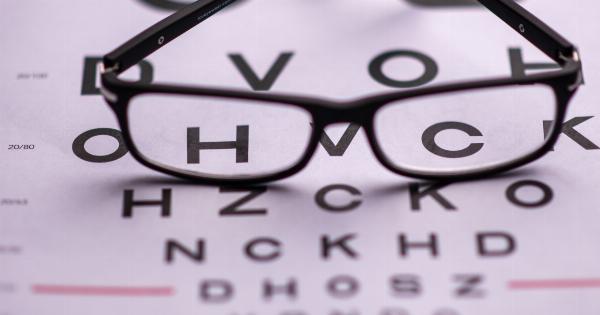Magnesium is an essential mineral for our body, required for more than 300 biochemical reactions. It helps maintain healthy bones, muscles, nerves, and regulates normal blood pressure levels.
However, our modern diet often lacks this crucial mineral, leading to magnesium deficiency. In this article, we’ll discuss the causes, symptoms, and ways to test for magnesium deficiency.
Causes of Magnesium Deficiency
The main cause of magnesium deficiency is a diet lacking in magnesium-rich foods. Our modern diet is often high in processed foods, refined sugars, and unhealthy fats, which don’t contain enough magnesium.
Additionally, some medications can interfere with magnesium absorption, such as antibiotics, diuretics, and birth control pills. Drinking too much alcohol can also deplete the body’s magnesium levels.
The Symptoms of Magnesium Deficiency
Most people with a mild magnesium deficiency experience no symptoms, but as the deficiency worsens, various symptoms can appear:.
- Weakness and fatigue
- Numbness and tingling sensations
- Muscle cramps and spasms
- Irregular heartbeat and chest pain
- High blood pressure
- Insomnia and anxiety
- Migraines and headaches
- Constipation and other digestive issues
The Magnesium Deficiency Test
The easiest way to find out if you have magnesium deficiency is to take a blood test. A blood test measures the magnesium levels in the blood and gives an accurate estimate of your magnesium levels.
Another way to test for magnesium deficiency is the magnesium loading test. In this test, you take a high dose of magnesium supplements or receive a magnesium injection, and then your urine is measured for magnesium levels.
This test is more accurate than the blood test, but it’s rarely used because of its more invasive nature.
The Magnesium Deficiency Questionnaire
An alternative way to test yourself for magnesium deficiency is to complete a questionnaire that assesses your magnesium intake and symptoms. Here are some questions to ask yourself:.
- Do you experience muscle cramps or spasms often?
- Do you have irregular heartbeats or high blood pressure?
- Do you have trouble sleeping or feel anxious often?
- Do you suffer from migraines or headaches frequently?
- Do you experience constipation or other digestive issues regularly?
- Do you consume a lot of caffeine or alcohol?
- Do you eat a lot of processed foods, sugary treats, or unhealthy fats?
If you answered yes to several of these questions, you might have a magnesium deficiency. However, this self-assessment is not as accurate as a blood or urine test.
Treating Magnesium Deficiency
If you have magnesium deficiency, the best way to treat it is to increase your magnesium intake. You can do this by eating more magnesium-rich foods, such as:.
- Spinach, kale, and other leafy greens
- Nuts and seeds, such as almonds, cashews, and pumpkin seeds
- Whole grains, such as brown rice, quinoa, and oats
- Beans and legumes, such as black beans, chickpeas, and lentils
- Fatty fish, such as salmon and mackerel
- Dark chocolate with 70% or more cocoa solids
You can also take magnesium supplements, available in various forms such as pills, powders, and gels.
However, it’s important not to take too much magnesium, as excess magnesium can cause dangerous side effects such as diarrhea, nausea, and even cardiac arrest.
Conclusion
Magnesium is an essential mineral for our body, required for numerous bodily functions. However, our modern diet often lacks this crucial mineral, leading to magnesium deficiency.
Symptoms of magnesium deficiency include muscle cramps, irregular heartbeat, and anxiety. The best way to test for magnesium deficiency is to take a blood, urine, or magnesium loading test. If you have magnesium deficiency, increase your magnesium intake by eating magnesium-rich foods or taking supplements.
However, be careful not to take too much magnesium, as it can cause dangerous side effects.






























